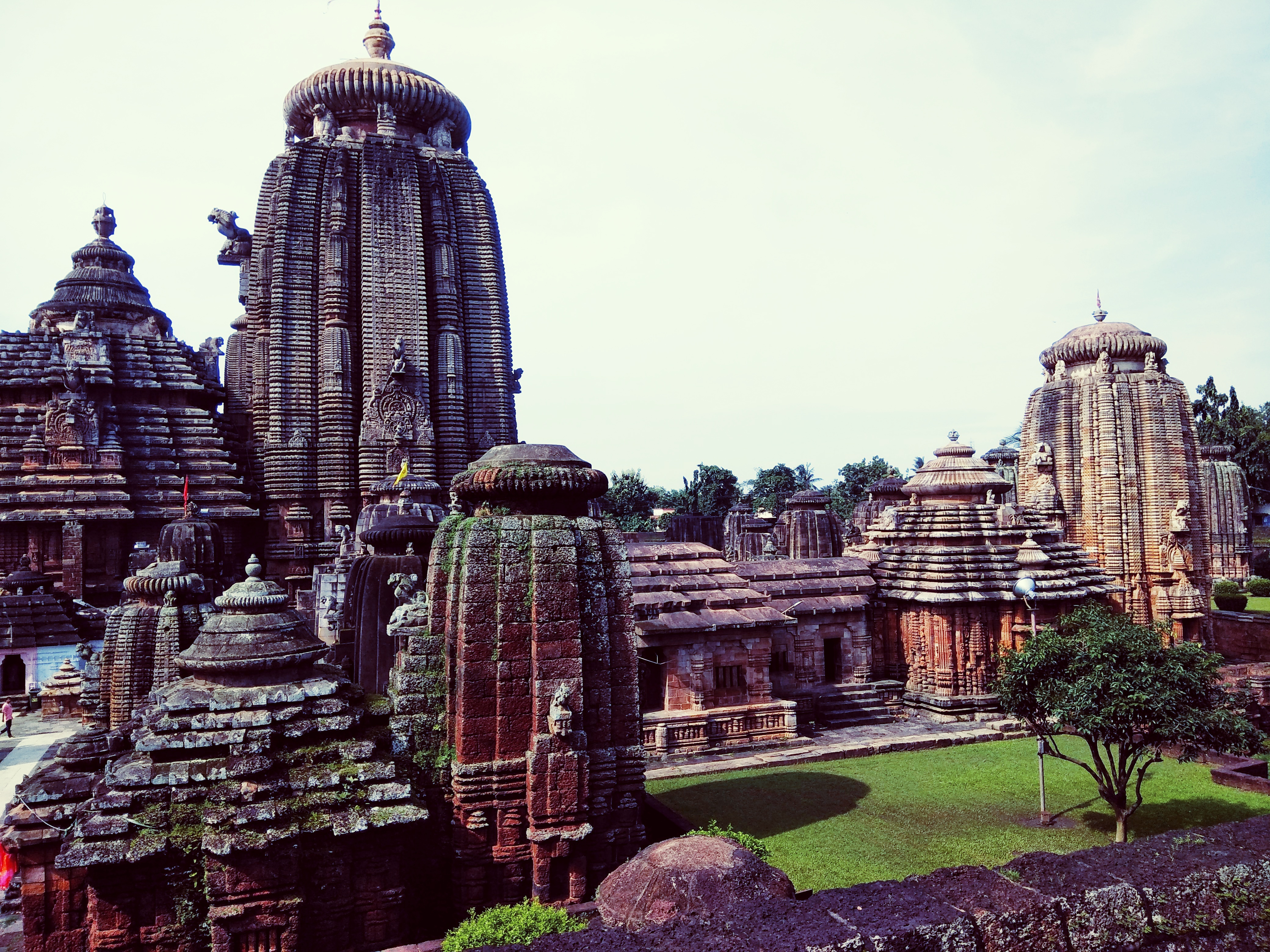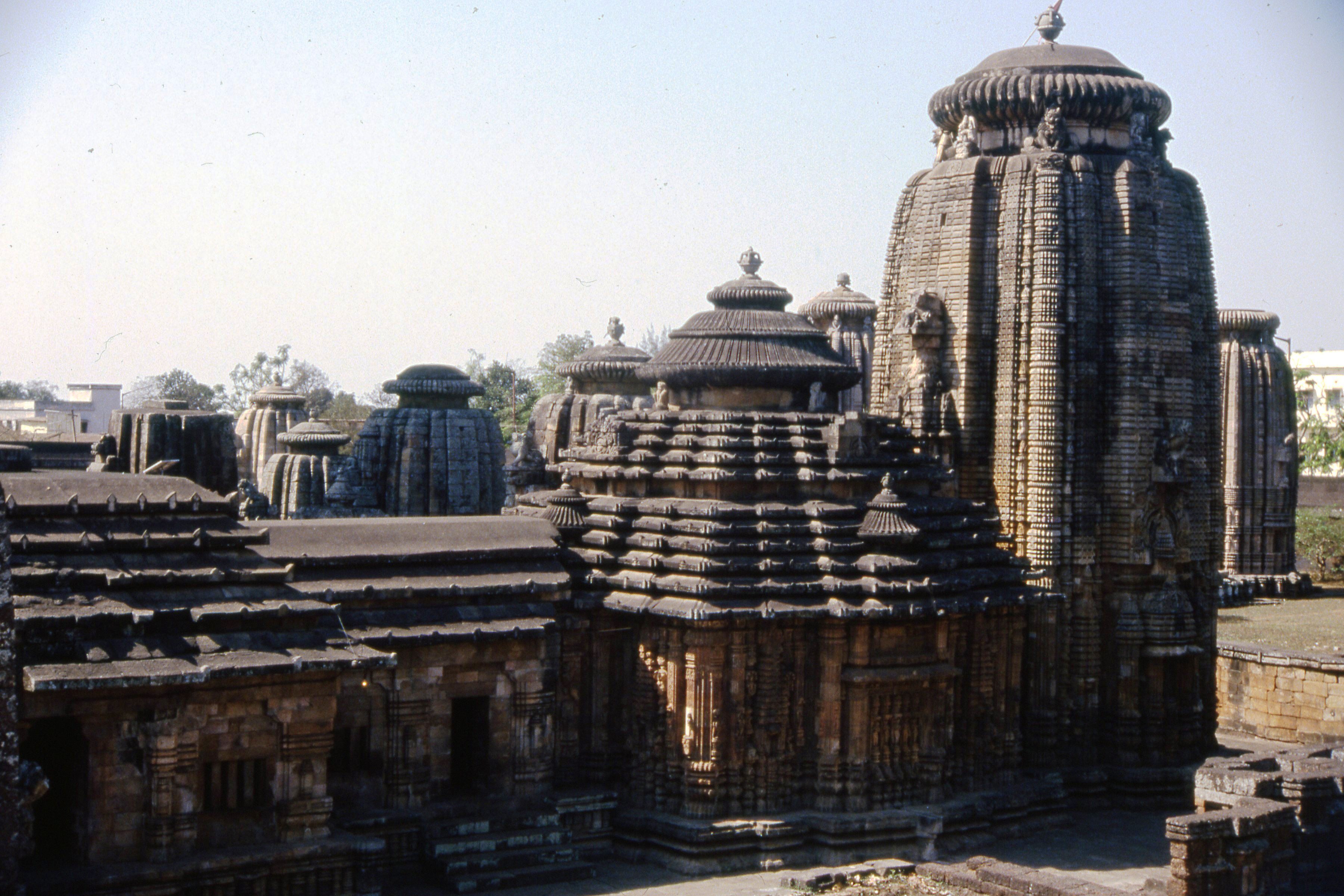The Lingaraja Temple stands as a profound testament to the spiritual and architectural legacy of Odisha, representing a remarkable confluence of religious devotion and artistic mastery. Nestled in the heart of Bhubaneswar, this extraordinary shrine dedicates itself to Lord Shiva, embodying centuries of cultural and architectural evolution that transcends mere structural magnificence.
The temple's origins trace back to the 11th century, during the reign of King Jajati Keshari of the Somavamsi dynasty, though historical evidence suggests Shivalinga worship potentially began as early as the 7th century. Its name—a sublime combination of "Linga" representing Lord Shiva and "Raja" signifying royalty—eloquently captures its profound spiritual and historical significance.
Architecturally, the Lingaraja Temple represents the pinnacle of Kalinga architectural traditions, showcasing intricate craftsmanship through its 55-meter-tall central tower adorned with elaborate sculptures. The complex encompasses 108 smaller shrines within an expansive compound wall, each element meticulously designed to reflect divine proportions and spiritual symbolism. Its structural components—the vimana, Jagamohana, Nantamandira, and Boga-mandapa—collectively narrate a sophisticated architectural discourse that bridges divine inspiration with human creativity.
Religious significance permeates every aspect of this sacred space. Located in Ekamra Kshetra, mentioned in ancient texts like the Brahma Purana, the temple is believed to be the celestial abode of Lord Shiva and Goddess Parvati. Legends surrounding its creation range from divine architectural intervention by Lord Vishwakarma to mythical construction by the demon king Jalandhara, each narrative adding layers of mystical intrigue to its historical narrative.
The temple's unique characteristic lies in its remarkable synthesis of Shaivism and Vaishnavism, embodying a rare religious harmony. The Ganga dynasty's influence in the 12th century introduced Vaishnavite elements, including distinctive Vaishnava Dwarapalas, creating a nuanced spiritual landscape that transcends sectarian boundaries. This architectural and theological integration reflects the complex religious dynamics of medieval Odisha.
Festivals transform the temple into a vibrant epicenter of spiritual celebration. Maha Shivaratri and Ashokashtami draw massive congregations, with some recent events attracting over 200,000 pilgrims. These celebrations are not merely religious observances but profound cultural expressions that connect contemporary devotees with centuries-old spiritual traditions, featuring elaborate rituals, musical performances, and community gatherings.
Administrative management of the temple represents a fascinating sociological narrative. Historically, three distinct communities—Pujapanda Nijog, Brahman Nijog, and Badu Nijog—shared responsibilities, with the non-Brahmin Badu Nijog playing crucial roles in temple operations. Today, the Temple Trust Board and Archaeological Survey of India collaborate to preserve this monumental heritage, ensuring its architectural integrity and cultural significance are meticulously maintained.
Modern visitor experiences are carefully curated to respect the temple's sanctity. While non-Hindus are restricted from entering the inner sanctum, a strategically positioned viewing platform offers glimpses of its architectural splendor. Visitors are expected to adhere to modest dress codes and temple etiquette, transforming their visit into a respectful engagement with a living historical monument that continues to pulse with spiritual energy.







